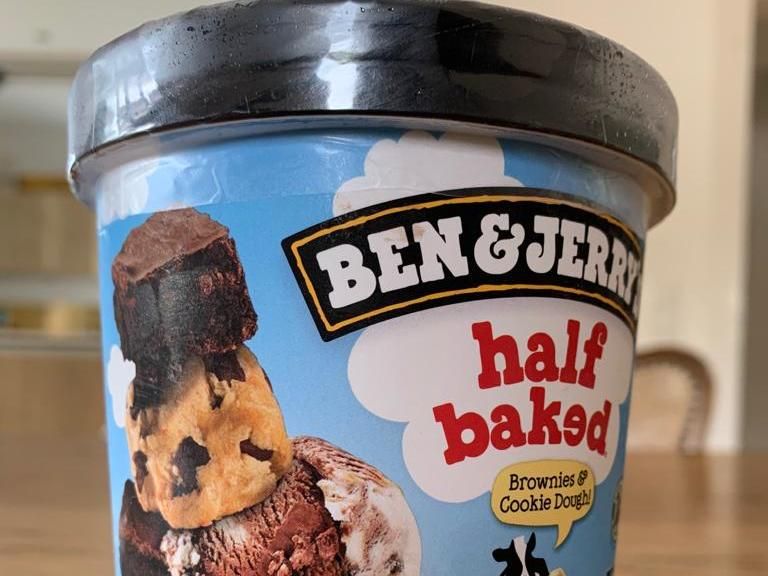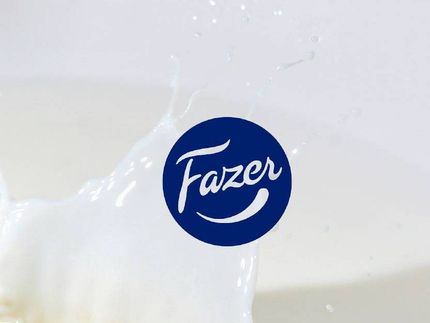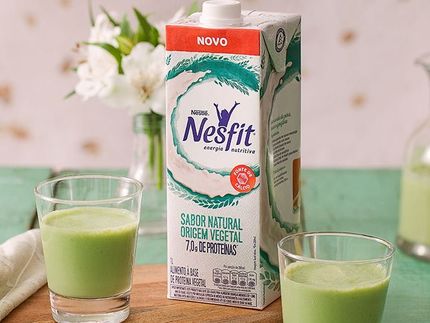Opportunities to keep ice cream and frozen novelties from freezing over in 2021
An increase in eating and treating at home boosted the ice cream and frozen novelty market in 2020. The category is expected to hold onto a large share of growth, due to ample innovation from category players, but brands will still face challenges – namely economic uncertainty and a post-pandemic return to wellness. Affordable packaged alternatives to foodservice offerings can appeal to the cost-conscious, while a focus on health-focused ingredients and functionality can grant permissibility.

Lotta Schmid
Key Takeaways
Economical formats and foodservice dupes can serve cost-conscious consumers
Ice cream may not be a luxury item but those who are financially struggling are pulling back from the category. In the short term, while unemployment remains high and consumer confidence remains low, brands will need to prioritize value. Larger, economical formats can speak to cost-savings and frozen treats that can mimic popular foodservice items like sundaes, but at a lower cost, can provide affordable alternatives to dining out.
Provide permissibility on both a physical and emotional level
Consumers are hoping to take a step back from indulgent foods post-pandemic to focus on their health. To keep frozen treats in their repertoires, brands can provide permissibility through nutritional improvements, such as no added sugar formulations or added protein, or simple ingredient lists. Emotional functionality can also speak to wellness, by showing consumers how frozen treats can aid in their mental and emotional wellbeing. According to Mintel research on ice cream and frozen novelties, more than two in five of those purchasing frozen treats more often than last year are doing so for comfort and a third are buying for stress relief.
Innovation and BFY positioning can fuel dairy alternatives
The non-dairy frozen treat space is getting increasingly crowded and has the potential to be a fueling force of the category, thanks to its strong perceptions with health. Consumers are less interested in traditional dairy alternatives like soy milk than newer, trendier options like oat and cashew milk, indicating that consumers are excited for the next big thing. Players will want to keep an eye on emerging trends in the milk space, like macadamia milk and nutrient-dense ubermilk, for inspiration.
Opportunities
Transform ice cream into a fully loaded dessert for value, excitement
Mimicking foodservice-inspired desserts by incorporating mix-ins and toppings into frozen treats is an opportunity to strengthen retail value propositions. Value will be important over the next year as consumers continue to navigate economic uncertainty, especially considering that consumers who identify as financially struggling are more likely than average to be reducing frozen treat purchases.
Gelato brand Talenti offers a line of dessert-inspired products named Gelato Layers, which feature layers of gelato and various mix-ins, including frosting and cookies. Unilever-owned frozen treat brand Ben & Jerry’s introduced its Topped product line in 2021, which it calls “an ice cream sundae in a pint,” by including a layer of chocolate on top of the ice cream. Frozen treat powerhouse Blue Bunny offers a line of Load’d Sundaes that provide something similar, an entire sundae in one container.
Ease sugar concerns with natural, recognizable sweeteners
Sugar remains public enemy number one, with more than half of US adults wanting to cut back on sugar. While it will be important that brands not lose associations with indulgence and comfort, sugar improvements can provide much-needed permissibility as consumers aim to eat fewer indulgent foods. More than a third of US adults would be motivated to try a new frozen treat if it featured natural sweeteners like honey or maple.
According to Mintel research on sugars and alternative sweeteners, consumers perceive sweeteners like honey, raw cane sugar and dried fruit as more natural and more acceptable in foods than others like refined white sugar or zero-calorie sweeteners. Plant-derived sweeteners also scored well in being seen as natural and received low perceptions of being bad for you.
Some frozen treat brands are already making progress in both natural sugar alternatives and no added sugar formulations. Lactose-free dairy brand Fairlife includes cane sugar and plant-derived monk fruit in its products. Non-dairy frozen treat brand NadaMoo! features a product line of no-added-sugar products and utilizes natural sweeteners, including agave and molasses. Both keto-friendly frozen treat brands Killer Creamery and Rebel advertise no added sugar and include plant-derived sweeteners like monk fruit.
Maintaining the non-dairy momentum with next-wave innovation
Non-dairy frozen treats have momentum and the potential to be a long-term driving force in the category. A large share of consumers has tried or are interested in trying non-dairy ingredients in frozen treats and the segment is becoming fiercely competitive, with dairy-free claims growing 8.8% from 2019-20. The relatively low interest in soy milk as an ice cream ingredient, in contrast with a strong interest in newer options, such as oat milk, cashew milk and sunflower butter, suggests that consumers can be fickle in their search for the next big thing. Non-dairy frozen treats also have a health halo to utilize and improve moving forward. More than half of frozen treat buyers expect non-dairy frozen treats to be healthier than dairy ones and two in five agree that non-dairy treats are too processed.
While indulgent non-dairy options can cater to consumers with dairy allergies who simply want to indulge without risk, non-dairy brands will be challenged to continue innovating with ingredients and bring health to the forefront for those who seek out non-dairy options because they perceive them as healthier.
Milk trends can inspire new formulations, with ingredients like macadamia nuts and sesame seeds and nutrient-rich, high protein formulations emerging. Clear nutritional benefits and simple ingredient lists will be important to meeting consumers’ expectations.
What Mintel thinks
At-home comfort eating drove ice cream and frozen novelty gains in 2020 as consumers seek out ways to treat themselves from the safety of their homes. But as consumers slowly emerge from the pandemic in 2021 with renewed health goals and financial concerns in mind, frozen treat brands will need to speak to indulgences differently – prioritizing value where possible and investing in better-for-you (BFY) improvements to keep health-conscious consumers from cutting ties to the category.































































